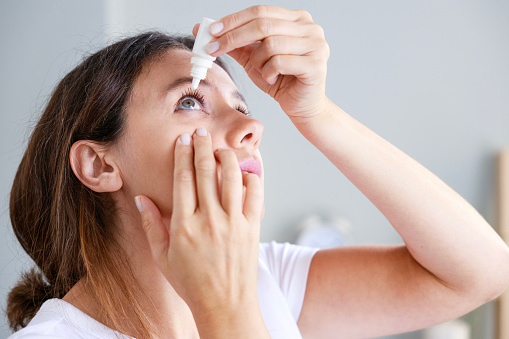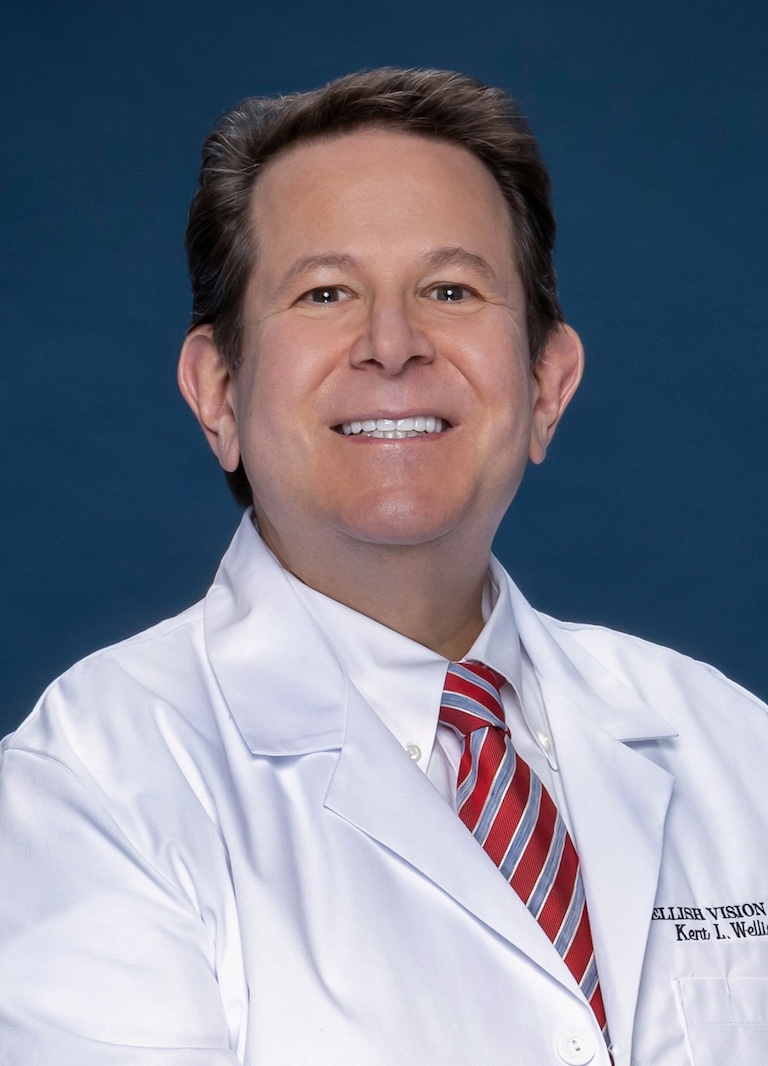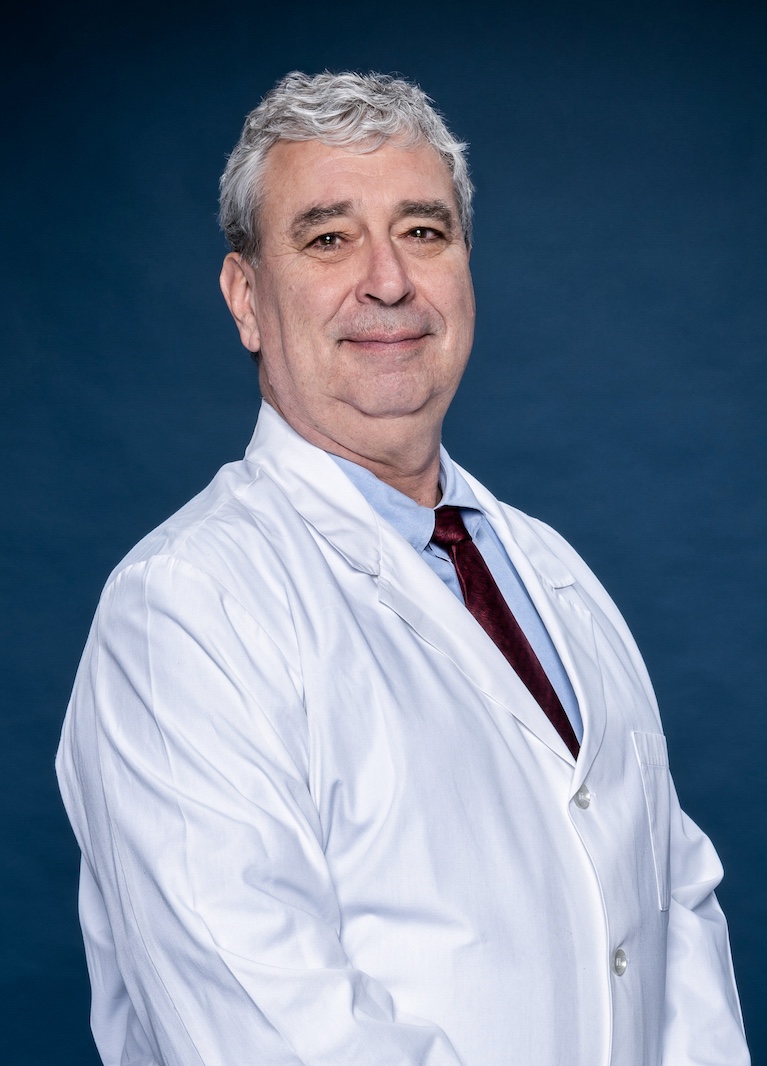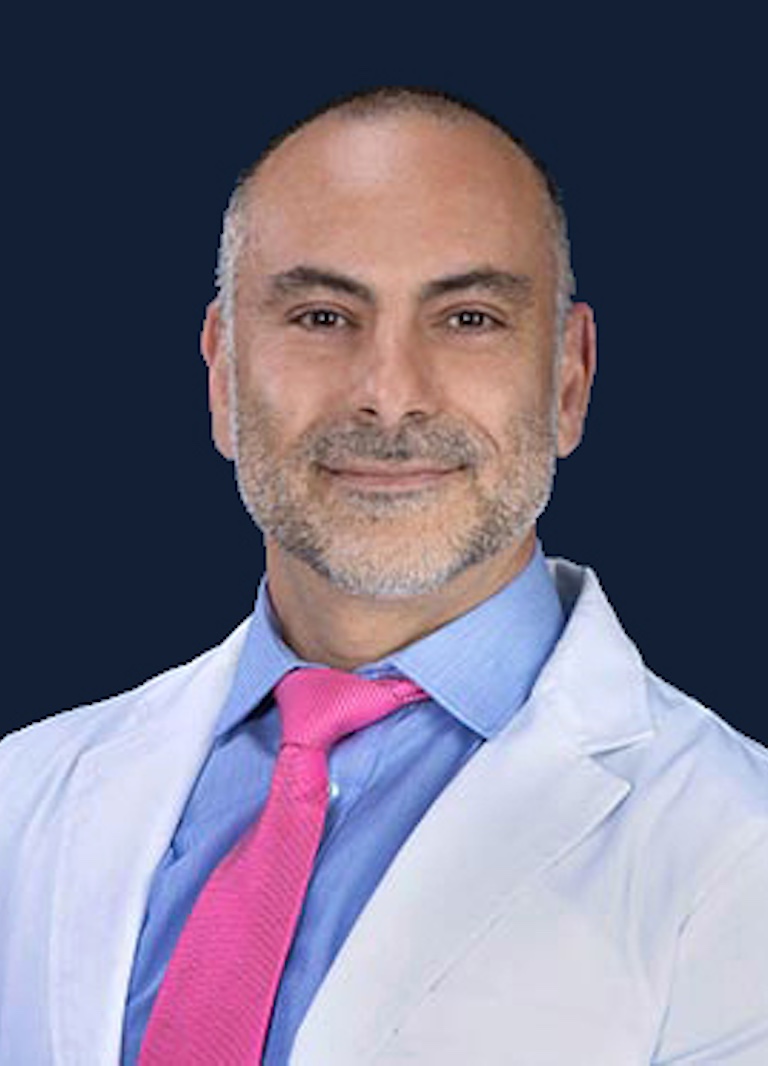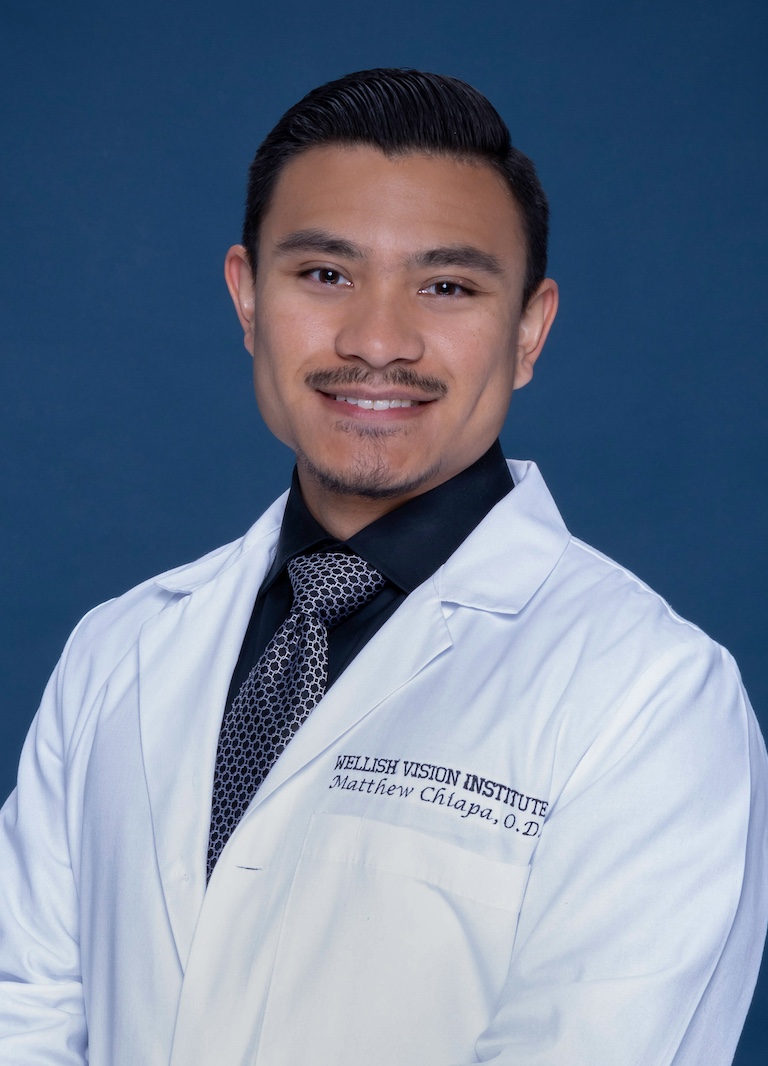Symptoms of Dry Eye Disease
Ocular surface disease causes a variety of symptoms, including:
- A feeling of dryness, irritation or grittiness
- Burning or stinging
- Fluctuations in vision
- Itching
- Redness
- A feeling of eye strain or tiredness
- Excessive tearing (watery eyes)
- Sensitivity to light
- Sensitivity to wind
- Discharge
Dry eye symptoms can range from mild to severe and can cause significant discomfort as well as an inability to wear contact lenses and difficulty performing visual tasks such as reading, watching TV, using a computer or driving. Symptoms may follow a certain pattern during the day. For example, vision may be worse in the morning or later in the day. So what causes types of dry eye?
Aqueous-deficient dry eye
In aqueous-deficient dry eye, the lacrimal glands do not produce an adequate aqueous layer, in many cases because they are affected by inflammation.
This can be caused by:
- An autoimmune disease, such as Sjögrens Syndrome, rheumatoid arthritis or lupus
- Some medications, such as oral contraceptives, hormone replacement therapies, antihistamines, sedatives, anti-depressants, isotretinoin for acne, anti-hypertensives, and medications to treat benign prostate hyperplasia
- Some medical treatments, such as chemotherapy, radiation or corneal surgeries
Evaporative dry eye
In evaporative dry eye, the lipid layer of the tear film is deficient or of poor quality because the meibomian glands are not functioning properly or are blocked, which is known as meibomian gland dysfunction. Common causes of meibomian gland dysfunction are eyelid inflammation known as blepharitis as well as rosacea and other skin disorders. Because evaporative dry eye compromises the lipid layer of the tear film, tears evaporate too quickly, leaving the surface of the eye exposed to discomfort and damage.
The eyelids and the eye’s surface can also play a role in ocular surface disease. If the lids are not working properly, either because of a problem with their structure or because they are inflamed, they cannot perform their crucial functions of spreading the tears across the surface of the eye to evenly lubricate it and remove irritants. When the surface of the eye itself is not smooth and regular, it can also result in problems with tear distribution.
